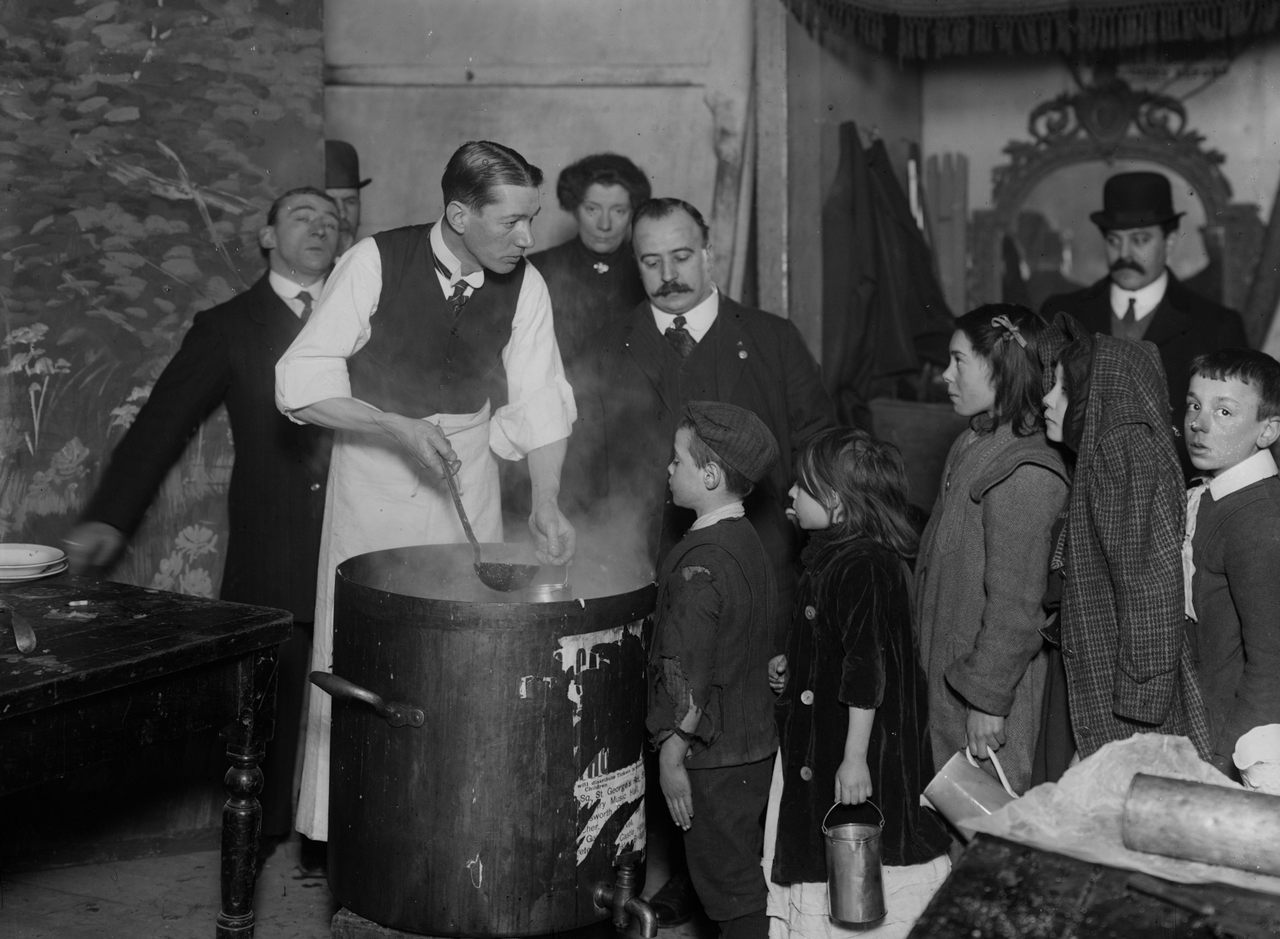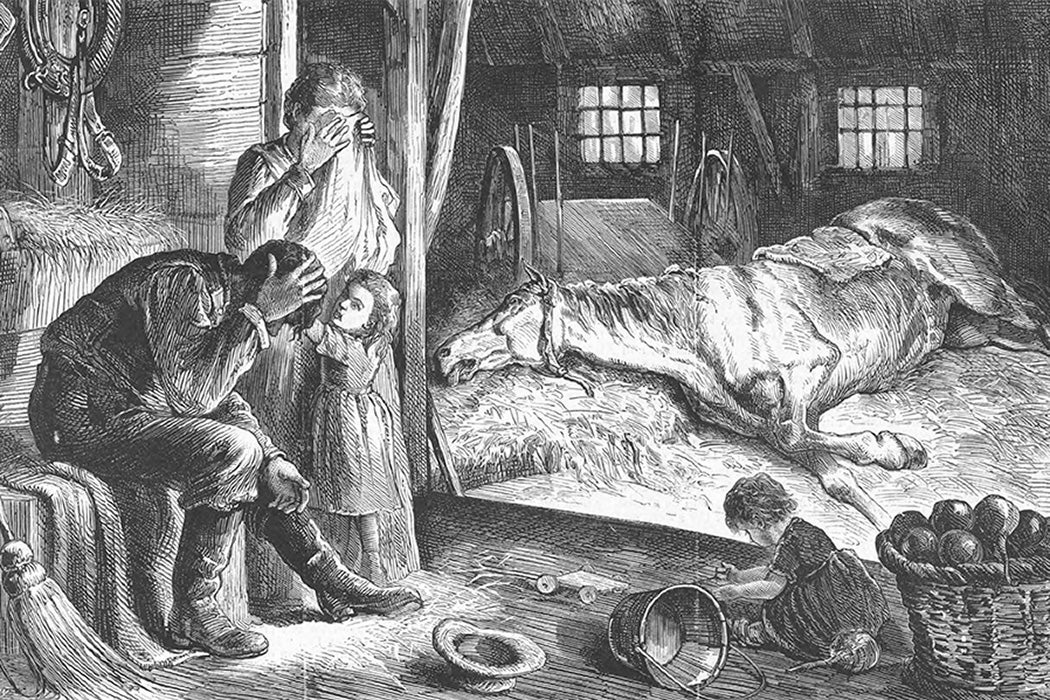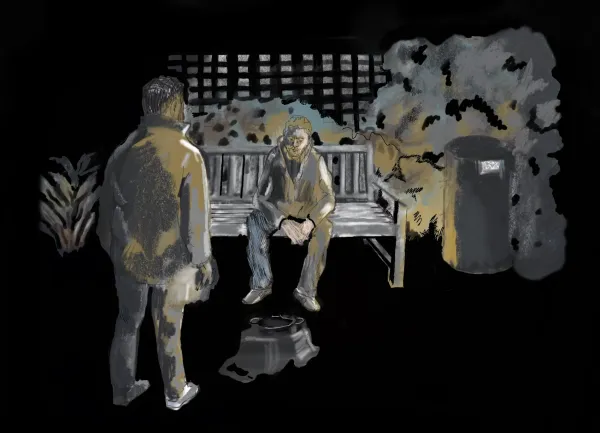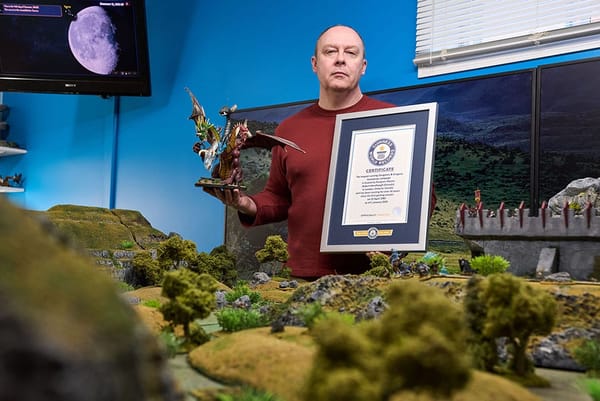A paralyzed man made it up El Capitan using only his arms

From Jack Dolan at the LA Times: "Dangling from a thin rope thousands of feet above Yosemite Valley last October, Zuko Carrasco could feel his arms tremble. A paraplegic who had lost the use of his legs eight years earlier in a bizarre accident — a trust fall gone awry — he had spent a week ascending El Capitan, the world’s most famous big wall rock climb, one tiny pull-up at a time. A “good pull” moved him up about 4 inches. He would need to perform something like 9,000 of them to reach the summit. Along the way, he suffered dehydration, searing blisters and, at times, soul-crushing doubt. He shivered in the early morning and baked in the midday sun. That was the worst because the injury that paralyzed him from the waist down also prevented him from sweating properly, adding heatstroke to the long list of mortal dangers he had to contend with."
Unravelling the mystery behind a tiny village at the center of a giant crater on Madagascar

From Vox, via Kottke: "Right in the center of the island nation of Madagascar there’s a strange, almost perfectly circular geological structure. It covers a bigger area than the city of Paris — and at first glance, it looks completely empty. But right in the center of that structure, there’s a single, isolated village: a few dozen houses, some fields of crops, and dirt roads stretching out in every direction. When we first saw this village on Google Earth, its extreme remoteness fascinated us. Was the village full of people? How did they wind up there? And what did life look like in such a strange geography? To find out, we teamed up with a local team in Madagascar and fell down a rabbit hole of geology and mapping along the way. It’s a story of how continental shifts and volcanic geology came together to form a place for a group of people to call home."
One of the most famous Victorian dishes, Brown Windsor Soup, is a hilarious lie

From Diana Hubbell for Atlas Obscura: "Brown Windsor soup was the butt of many a joke. Sludgy, stodgy, and devoid of discernable texture or flavor, it was a recurring comic stand-in for everything dreadful about British cookery. Cookbooks including The Daily Mail Modern British Cookbook typically describe the “thick meat soup” as a popular dish in Victorian times, with some recipe authors going so far as to call it “Queen Victoria’s favorite.” The dish is so synonymous with traditional Victorian-era gastronomy that recipes for it appear in The Unofficial Harry Potter Cookbook and The Unofficial Downton Abbey Cookbook. There’s just one problem: Queen Victoria never heard of brown Windsor soup, because historians say no such thing existed in the nineteenth century.”
Editor's note: If you like this newsletter, please share it with someone else. And if you really like it, perhaps you could subscribe, or contribute something via my Patreon. Thanks for being a reader!
Those beautiful sand beaches in Hawaii are mostly made of fish poop

From Joe Roman for Nautilus: "If you’re reading this on a tropical beach, consider yourself lucky. Plunge your hand into the rough beach sand, with its colors of oatmeal, cream, sandstone, and slate, that brought you there. You really can see the biosphere in a grain of sand—from the flying fish to the frigate bird, the coconut palm to the elkhorn coral and the parrotfish—on an island beach. Most people don’t realize that when they stretch out by the sea in Hawaii, they’re lying on a bed of animal waste. Biogenic sand, as it’s known, can pass through the gut of a parrotfish or come from ground-up animals—sponge spicules and barnacle fragments—and coralline algae. A single green humphead parrotfish, native to the Indian and Pacific Oceans and measuring more than four feet long, can poop almost 10,000 pounds of sand annually."
America lost most of its horses in 1872 because of a strange virus

From Matthew Wills for JSTOR Daily: "In late 1872, North America west of the Mississippi unexpectedly lost its horsepower. Literally: the horses who hauled streetcars, fire engines, and all the local freight sickened with influenza. It was the age of steam, yes, but railroads and ships all depended on goods and passengers getting to and from them by horse-power—over what we would now call the “last mile” of delivery. As a result of this horse flu, cities slowed to a crawl. A human-powered crawl. To give a sense of the scale of horse-dependence: in New York City, with a human population closing in on a million in 1870, had as many as 14,000 horses employed by the stage and streetcar companies. Oxen were experimented with, but they were incapable of working city streets. More typically, people ended up pulling streetcars, stages, drays, fire engines, and carts."
When Romanian villagers got upset at police for investigating a vampire slaying

From Matthew Schofield for McClatchy: "Before Toma Petre's relatives pulled his body from the grave, ripped out his heart, burned it to ashes, mixed it with water and drank it, he hadn't been in the news much.That's often the way here with vampires. Quiet lives, active deaths.Villagers here aren't up in arms about the undead — they're pretty common — but they are outraged that the police are involved in a simple vampire slaying. After all, vampire slaying is an accepted, though hidden, bit of national heritage, even if does happen to be illegal."What did we do?" pleaded Flora Marinescu, Petre's sister and the wife of the man accused of re-killing him. "If they're right, he was already dead. If we're right, we killed a vampire and saved three lives. ... Is that so wrong?"
What it's like to stand inside a thousand-year-old tree
Inside a thousand-year-old treepic.twitter.com/aiAC8PID6Y
— Massimo (@Rainmaker1973) February 1, 2024
Acknowledgements: I find a lot of these links myself, but I also get some from other newsletters that I rely on as "serendipty engines," such as The Morning News from Rosecrans Baldwin and Andrew Womack, Jodi Ettenberg's Curious About Everything, Dan Lewis's Now I Know, Robert Cottrell and Caroline Crampton's The Browser, Clive Thompson's Linkfest, Noah Brier and Colin Nagy's Why Is This Interesting, Maria Popova's The Marginalian, Sheehan Quirke AKA The Cultural Tutor, the Smithsonian magazine, and JSTOR Daily. If you come across something interesting that you think should be included here, please feel free to email me.



